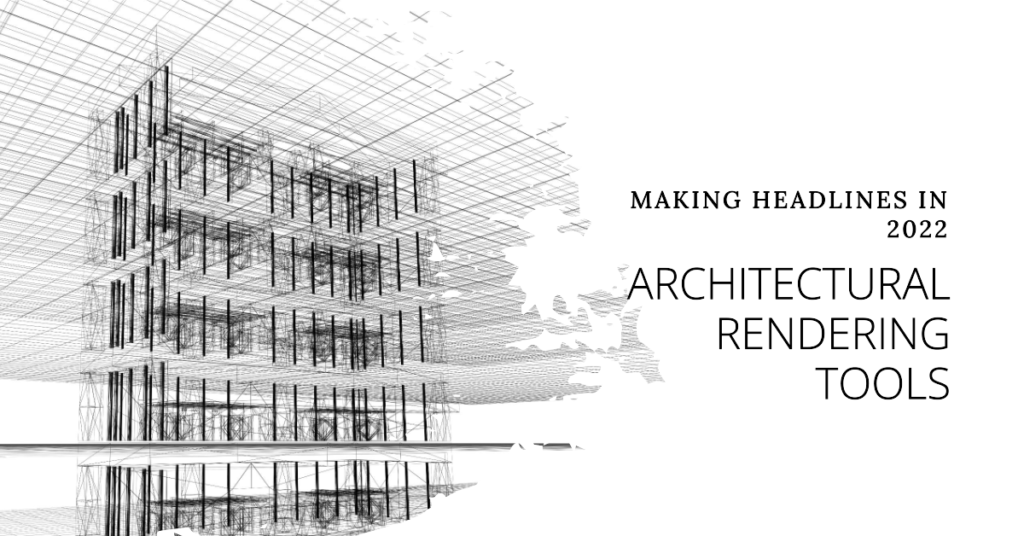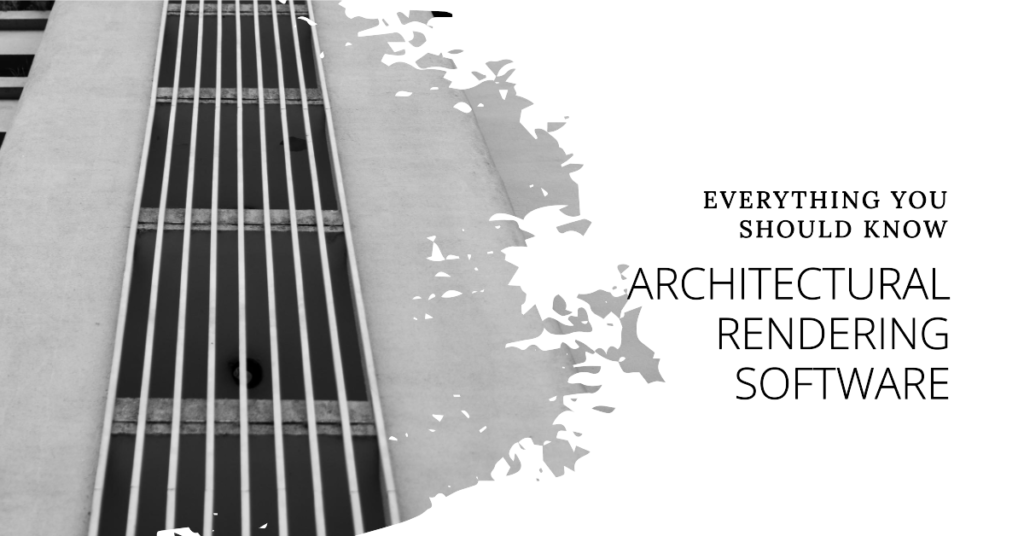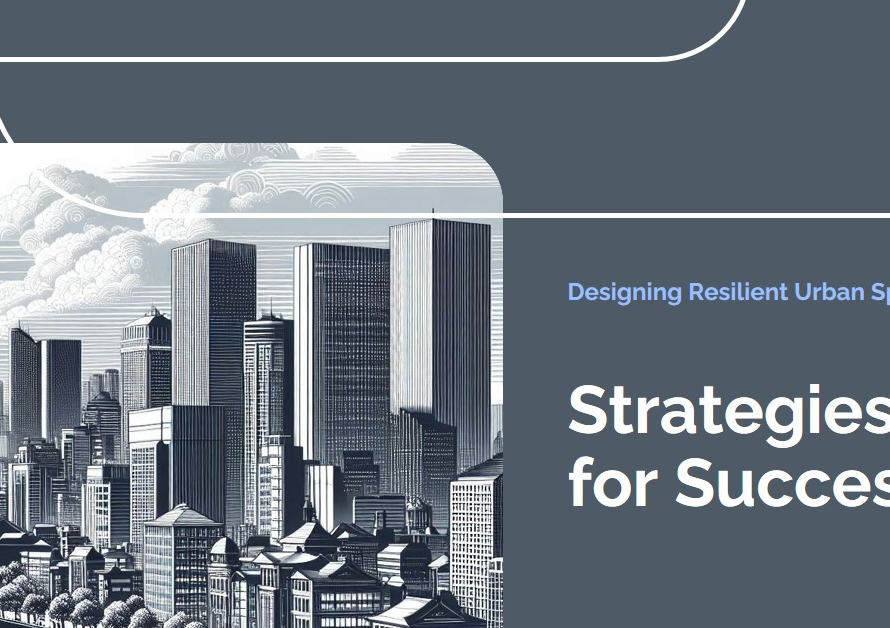
Table of Contents
1. Introduction: The Dynamic Landscape of Architectural Rendering Tools
The year 2022 marks a significant turning point in the realm of architectural rendering tools, with innovative technologies and software advancements reshaping the way professionals visualize and present architectural designs. From real-time rendering engines to AI-driven solutions, a diverse range of tools is making headlines for their capabilities in enhancing workflow efficiency, rendering quality, and immersive experiences in architectural visualization projects.
2. Unreal Engine 5: Powering Real-Time Experiences
Unreal Engine 5 has garnered immense attention in 2022 for its groundbreaking real-time rendering capabilities, advanced lighting simulations, and photorealistic visuals. With features like Nanite for high-resolution asset rendering and Lumen for dynamic global illumination, Unreal Engine 5 empowers architects, designers, and rendering professionals to create immersive real-time experiences, interactive walkthroughs, and virtual reality (VR) applications with unprecedented realism and detail.
3. V-Ray 5: Advancing Photorealism and Efficiency
V-Ray 5 continues to be a powerhouse in the architectural rendering industry, known for its unparalleled photorealistic rendering quality, efficient rendering workflows, and robust integration with popular 3D modeling software such as Autodesk 3ds Max, SketchUp, and Rhino. The latest version of V-Ray introduces features like Light Mix for interactive light editing, Chaos Cosmos for ready-to-use assets, and GPU rendering optimizations, offering rendering professionals enhanced creative control, speed, and productivity in their projects.
4. Enscape 3.2: Real-Time Visualization Excellence
Enscape 3.2 stands out as a leading real-time rendering and visualization tool, providing architects and designers with instant feedback on design changes, realistic lighting simulations, and seamless integration with BIM (Building Information Modeling) workflows. The latest updates in Enscape introduce features like Custom Assets for personalized content creation, Material Editor enhancements, and improved collaboration capabilities, empowering users to create captivating visualizations and virtual walkthroughs directly from their CAD/BIM models.
5. Blender 3.0: Open-Source Powerhouse for Rendering and Animation
Blender 3.0 continues to gain traction as a versatile and feature-rich open-source software for rendering, animation, and 3D modeling. With a dedicated community of developers and artists, Blender offers advanced rendering capabilities through its integrated Cycles renderer and real-time rendering with Eevee, catering to a wide range of rendering needs from photorealism to stylized illustrations. Blender’s comprehensive toolset, customizable workflows, and frequent updates make it a go-to choice for freelance professionals, small studios, and enthusiasts exploring creative possibilities in architectural visualization.
6. Lumion 12: Streamlined Workflows for Quick Visualizations
Lumion 12 has captured attention for its user-friendly interface, quick rendering capabilities, and vast library of ready-to-use assets, textures, and effects, making it an ideal tool for rapid visualization workflows. Architects and designers can create stunning visualizations, animations, and panoramic views with ease using Lumion’s intuitive controls, realistic environments, and one-click rendering features. The latest version introduces enhancements like LiveSync for real-time synchronization with leading CAD software, improved material workflows, and enhanced object placement tools, enabling professionals to bring their designs to life effortlessly.
7. Autodesk Maya 2022: Pushing Boundaries in Animation and Rendering
Autodesk Maya remains a powerhouse in the animation and rendering industry, offering comprehensive tools for 3D modeling, animation, simulation, and rendering. In 2022, Maya continues to innovate with features like USD (Universal Scene Description) workflows for seamless collaboration, Bifrost updates for complex simulations, and Arnold GPU rendering optimizations for faster rendering speeds. Architects and designers leveraging Maya benefit from its robust toolset, industry-standard workflows, and integration with other Autodesk software suites for end-to-end project workflows.
8. SketchUp 2022: Enhancing Design and Visualization Workflows
SketchUp 2022 focuses on improving design and visualization workflows for architects, interior designers, and rendering professionals. With features like Live Components for dynamic and parametric modeling, improved rendering performance with V-Ray integration, and collaboration enhancements through Trimble Connect, SketchUp continues to be a versatile tool for conceptualization, modeling, and rendering of architectural projects. Its intuitive interface, extensive plugin ecosystem, and compatibility with BIM workflows make it a valuable asset in the design toolkit.
9. Substance 3D Suite: Revolutionizing Material Creation and Texturing
The Substance 3D Suite, including Substance Painter, Substance Designer, and Substance 3D Stager, revolutionizes material creation, texture design, and scene composition for architectural rendering projects. Designers can craft realistic materials, procedural textures, and immersive scenes with Substance’s node-based workflows, real-time previews, and material authoring tools. The integration of Substance tools with leading rendering engines like V-Ray, Unreal Engine, and Unity offers seamless material workflows and enhances visual fidelity in architectural visualizations.
10. Conclusion: Embracing Innovation for Exceptional Visual Experiences


In conclusion, the architectural rendering tools making headlines in 2022 embody innovation, creativity, and efficiency, empowering professionals to create exceptional visual experiences, immersive environments, and compelling design narratives. By leveraging these cutting-edge tools, architects, designers, and rendering professionals can push the boundaries of creativity, streamline workflows, and deliver impactful visualizations that captivate audiences, inform design decisions, and bring architectural visions to life in unprecedented ways.


